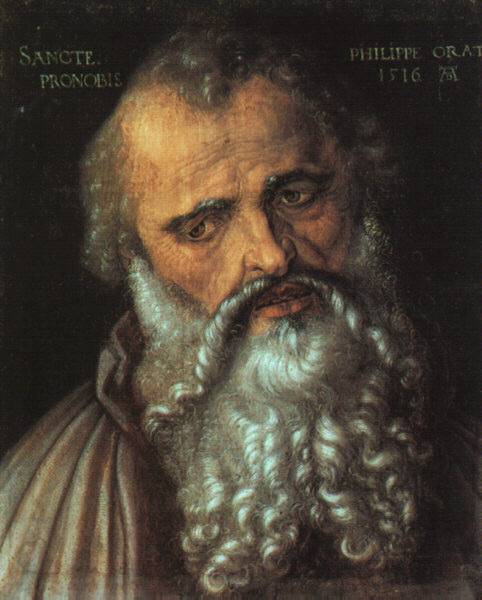 Photo Lesson: Portrait Photography Photo Lesson: Portrait Photography People have been making portraits for a long time. This painting of St. Philip was made in 1516 by Albrecht Dürer, a German painter. If you look at some of his other portraits you'll see examples of characteristics still common in modern portrait photography today. Traditional Portraits: 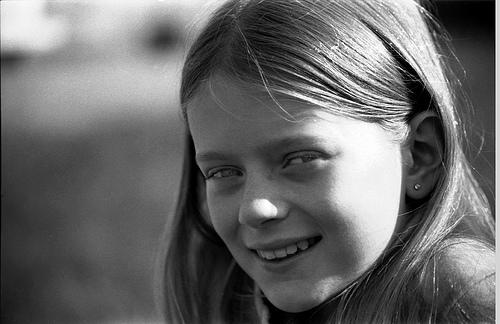 Here's a portrait of Kathleen from Tim_D's Flickr stream. It's one of the many portraits hosted on flickr.com. Here's a portrait of Kathleen from Tim_D's Flickr stream. It's one of the many portraits hosted on flickr.com.Notice how the light source is from the side of her face. This creates shadows and helps add depth to the image. You'll find the same technique was used in the painting of St. Philip. Also notice that Kathleen is not facing directly into the camera. She is turned about 45 degrees to one side. The background in both images here is either blurred or is dark to move the viewer's focus to the face. A busy background can detract from the subject so most portraits have soft backgrounds. Follow these three rules for a traditional portrait:
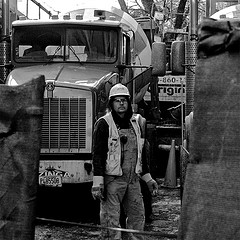 Environmental Portraits: Environmental Portraits:One type of portrait photography is called environmental portraiture. In environmental portraits, the background and even props help tell us something about the subject. Follow the link above to dennyrenshaw.com for some great examples. Mark Hancock is a photojournalist and expert environmental portrait photographer. Take his quiz and see if you can match the portraits with the subject descriptions. Take a look at some of his best portraits for some more good examples. I'm sure you'll like his sports portraits. Flickr's best environmental portraits: Get close and fill the frame: 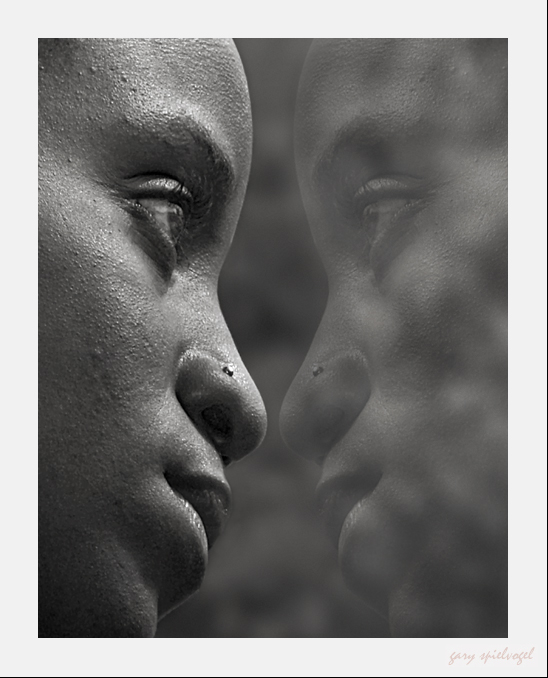 You can crop a photo or just get close but filling the frame creates a powerful effect. Here's a good example from Gaspi's Flickr stream. You can crop a photo or just get close but filling the frame creates a powerful effect. Here's a good example from Gaspi's Flickr stream.This portrait adds a reflection and crops the face of the subject but the result is very effective. Filling the frame with your subject is a great way to add interest to a photograph. Look at this slideshow from Steven Dempsey's Flickr stream for some good examples.  Your first task is to LOOK at portrait photography. Look to discover how light, shadow, composition, background and environment all play a part in creating great photographs. Spend some time browsing through the portrait collection and the portrait clusters on Flickr. Be prepared to share your favorites with your class. 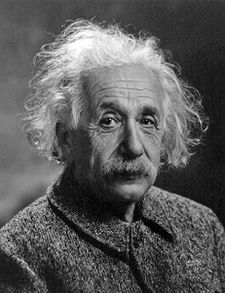 Now take a look at this portrait of Albert Einstein. Now take a look at this portrait of Albert Einstein.
|
Last modified: Saturday, August 21, 2010, 10:01 AM